TUSCALOOSA, Ala. — The Research Experience for Undergraduates program brings together undergraduate students from across the nation for an intensive 10 weeks of research, combining technical training with hands-on field experiences. This summer, nine students participated in the AI for Operational Hydrology REU, a partnership between the Cooperative Institute for Research to Operations in Hydrology and The University of Alabama Graduate School that focuses on applying artificial intelligence to water forecasting challenges.
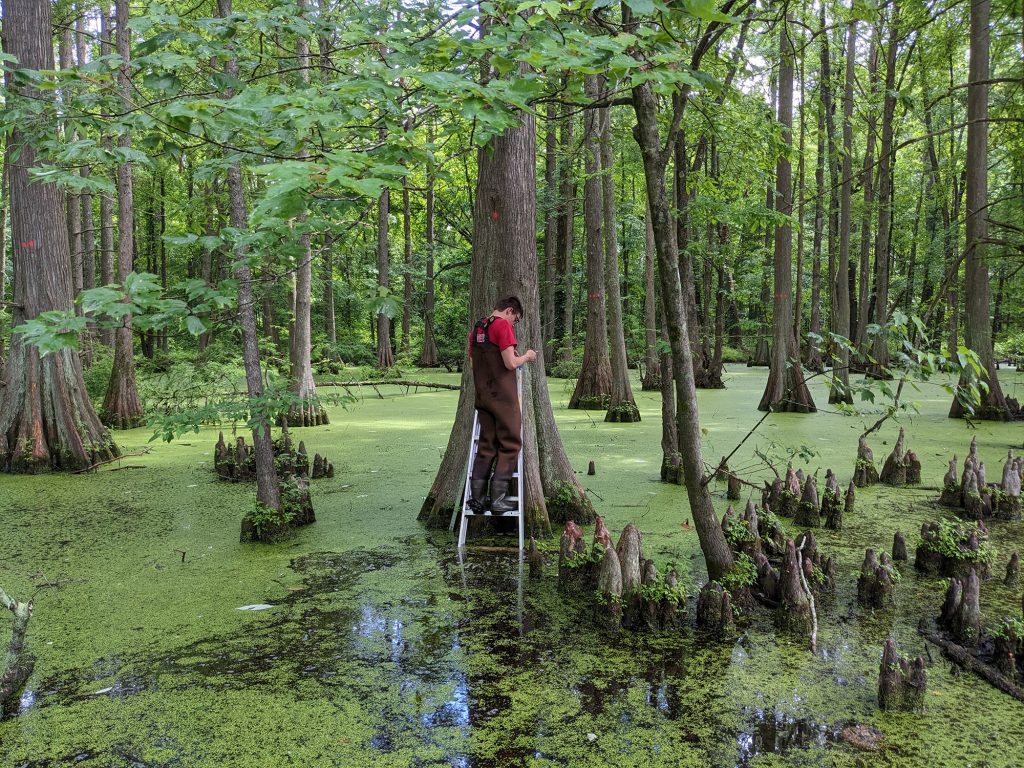
Students reflect on their transformative summer experience:
For Hannah Lemons, a UA geology major, the program represented a complete departure from her previous coursework. Computer science and hydrological modeling were entirely new territories.
“The hydrology and computer science stuff is really new for me,” Lemons said. “It’s all been a big learning curve.”
That learning curve, from complete novice to confident researcher, represents the transformative journey students experienced this summer. The program equipped participants from diverse academic backgrounds with cutting-edge skills in artificial intelligence and hydrologic forecasting while immersing them in field experiences that revealed a spectrum of water science careers.
Creating Water Scientists
The program’s innovative approach combines intensive computational training with weekly Water Wednesday field experiences, creating what students describe as a comprehensive view of how research translates into operational water management.
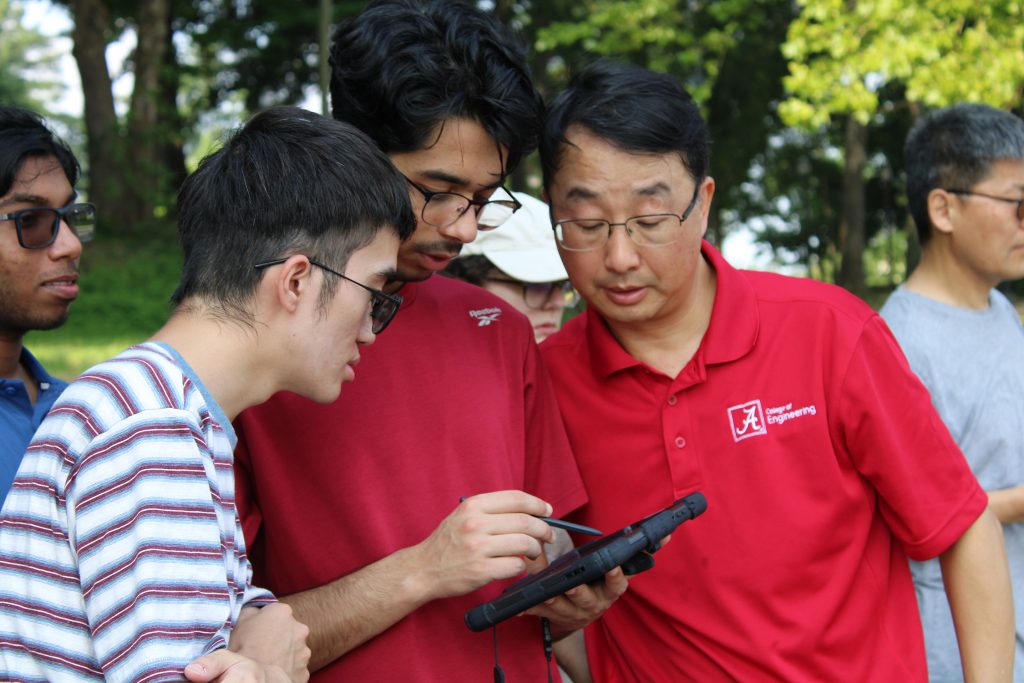
Students quickly recognized how this dual approach would prepare them for future research careers. Collins Mba, a computer engineering major from the New Jersey Institute of Technology, found the balance between technical work and real-world application particularly valuable.
“The AI aspect of it will always help me,” Mba said. “The methods of research and the interactions with other people, the resources they use to get this research done, I think it’s going to be more or less the same wherever I go.”
Students tackled ambitious individual research projects that pushed the boundaries of hydrologic forecasting. Lemons developed a machine learning model to fill gaps in real-time streamflow data across Alabama, a critical need for flood prediction and environmental management.
“We only have so many gauges and they’re expensive to put in and expensive to repair,” Lemons explained. “But we need that streamflow data for stuff like flood prediction or just environmental management type stuff.”
Aditya Sharma, a mathematics and computer science double major from the University of Southern Mississippi, worked on building a domain-specific chatbot system for nearly 8,000 hydrologic research documents.
“It’s like connecting a human with a book or a home with a knowledge base, so that you can go back to it and provide us with the answer,” Sharma said.
Sophia Breuckman, a computer science major from the University of Minnesota, developed a machine learning model for forecasting Utah’s Great Salt Lake. Her project revealed the complexity of systems influenced by human water management.
“The Great Salt Lake is unique because of the fact that it has a lot of human influence on it,” Breuckman explained.
From Campus to Coastline
The program’s Water Wednesday experiences took students far beyond traditional classroom settings. They collected soil cores in Alabama’s Sipsey Wilderness with researcher Dr. Nate Jones, learning how grey wetland soils and red upland soils reveal different drainage patterns and water movement characteristics.
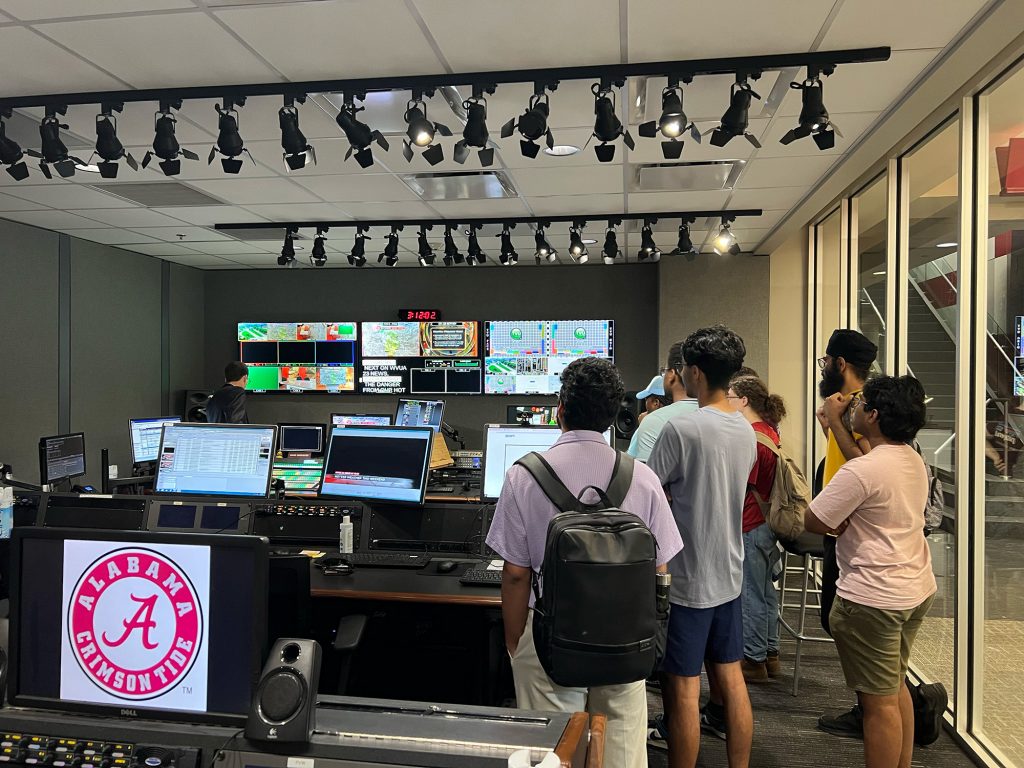
Students witnessed a real-time flash flood unfold on radar systems during their behind-the-scenes tour of WVUA-TV at Bryant-Denny Stadium with chief meteorologist Richard Scott. The tour demonstrated the direct connection between meteorological data and hydrologic forecasting operations.
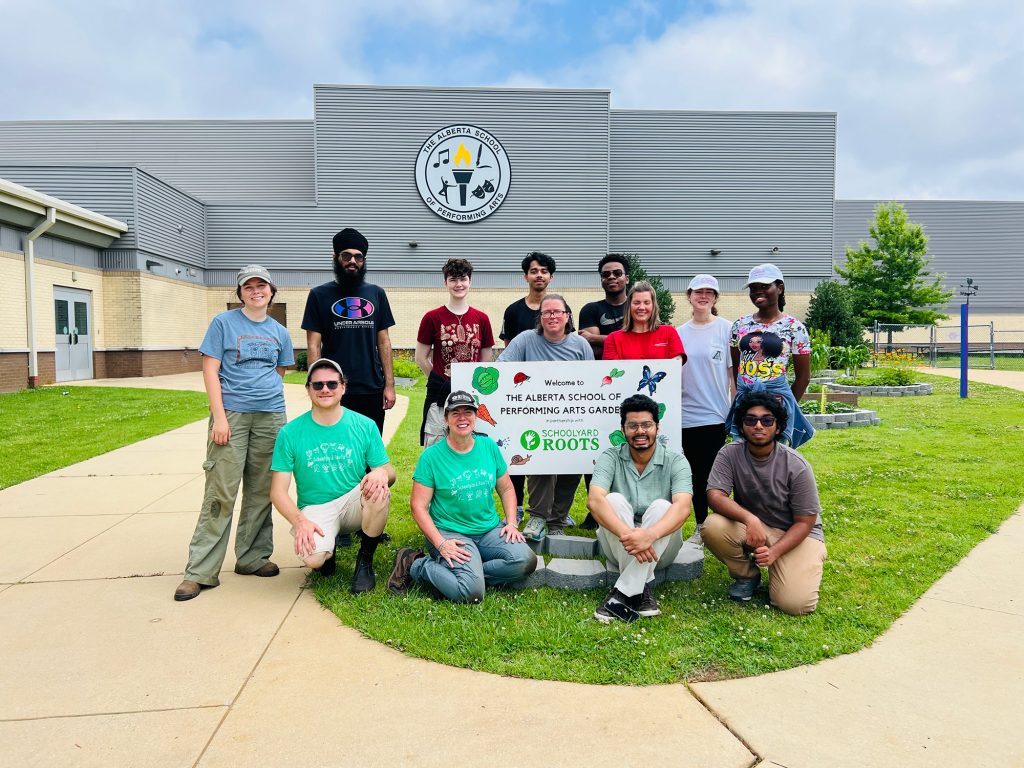
Community engagement proved equally valuable for understanding the broader applications of water science. Students partnered with Schoolyard Roots to refresh elementary school gardens, replacing wooden beds with stone installations and preparing outdoor learning spaces for hundreds of Tuscaloosa K-5 students.
The summer culminated at the Dauphin Island Sea Lab, where students experienced the Gulf Coast marine environment while reflecting on their research journeys.
Discovering Research Pathways
For many students, the program opened unexpected career possibilities and clarified their professional direction.
“If I was going to do any other research, like research at an institution as a graduate student, I think it would be more of the same,” Mba said. “It’s prepared me for that and also giving me insight on how that’s going to work and something to bring to the table when I get there.”
The program demonstrated how computational skills apply directly to water science research.
“I definitely got into computer science for a purpose,” Breuckman said. “I’m very interested in water stuff, so that opportunity was seemingly made for me.”
Technical Skills and Professional Development
The diverse cohort, representing institutions from across the United States, created opportunities for collaborative learning across disciplines.
Deon Fernando, a physics major concentrating in astrophysics at UA, found the research methodology training particularly valuable.
“We first heard about how to recognize a research gap and how to get an understanding about the background of the problem, what it is and why — step by step, taking initiatives to solve that problem,” Fernando said. “So the whole research process that we learned through this area is really valuable and useful in my future career.”
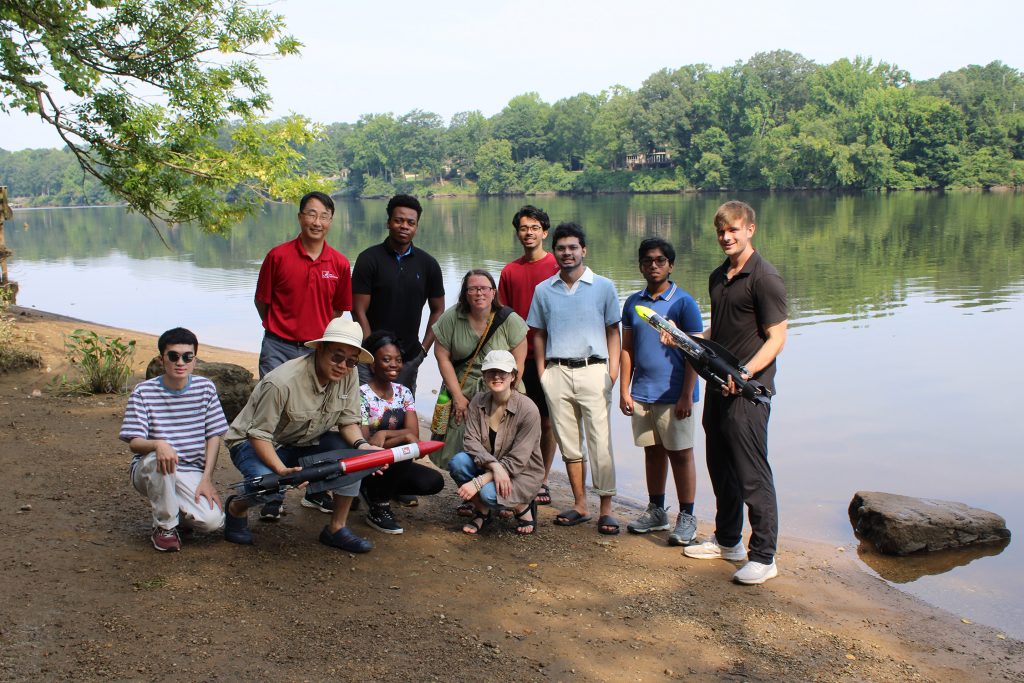
Students emphasized the value of research experience for career preparation.
“I really like having the research experience,” Breuckman said. “I feel super grateful to have that because I was worried about going into my other stuff, and having that experience makes me feel more secure in what I’m doing.”
Bridging Knowledge Gaps
When asked what advice they would give to students considering the program, participants emphasized that diverse academic backgrounds strengthen research teams.
“I would tell them for sure that it doesn’t matter what your background is,” Lemons said. “I kind of had imposter syndrome because everyone else had a computer science or math background, and I was the odd geologist out. But I learned so much and I found there’s a place for everyone in such a vast science.”
Sharma echoed this sentiment, encouraging students to take the leap.
“I would definitely say to apply to this program because this is not something that you would read, just reading a topic that might not sound interesting to you, but if you are interested in AI or operational hydrology, definitely apply for this,” Sharma said. “It is an absolutely brilliant opportunity. There is so much to learn here.”
Students with varying levels of technical experience found their place within the program’s collaborative research environment. The program’s structure deliberately exposes students to multiple career pathways in operational hydrology through field experiences and professional interactions.
Looking Forward
As severe weather events and water management challenges continue to increase in complexity, scientists trained through programs like UA’s AI for Operational Hydrology REU will play increasingly important roles in operational water forecasting and flood protection. Their research and computational models contribute to the scientific infrastructure that supports water resource decision-making.
The summer experience equipped students with technical skills in machine learning, data science and hydrologic modeling while providing comprehensive understanding of how research translates into operational applications. Their projects, ranging from streamflow prediction and lake forecasting to research knowledge management and model analysis, address current challenges in water science.
The program continues to accept applications for future cohorts. Students interested in the Research Experience for Undergraduates program can learn more by visiting the REU website.
The Hydrologic AI Forecasting Research Experience for Undergraduates is implemented by the Alabama Water Institute and the Cooperative Institute for Research to Operations in Hydrology, CIROH. The 10-week residential program provides undergraduate students with paid stipends, free on-campus housing and intensive training in applying artificial intelligence to water forecasting challenges.